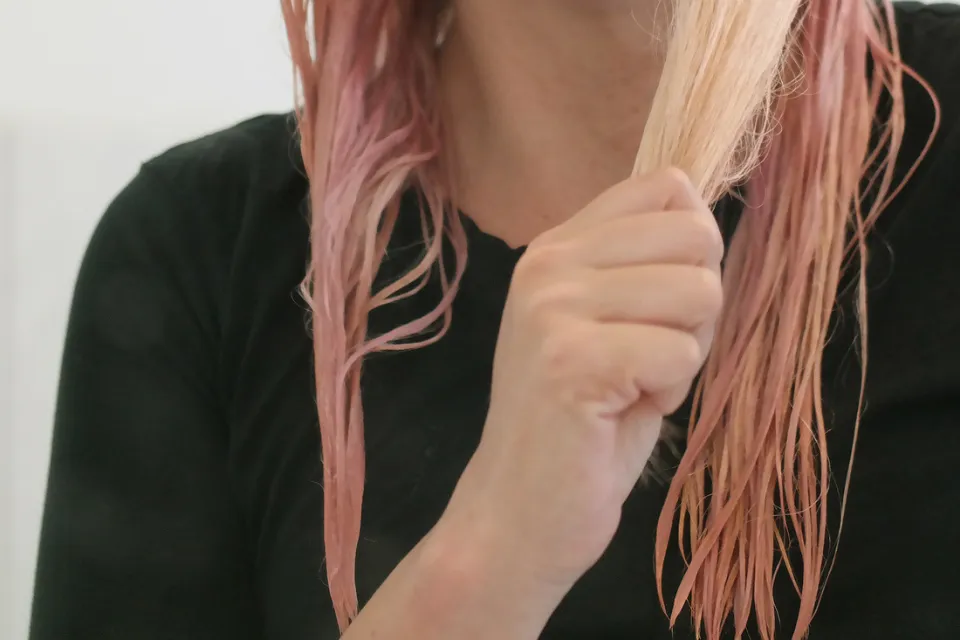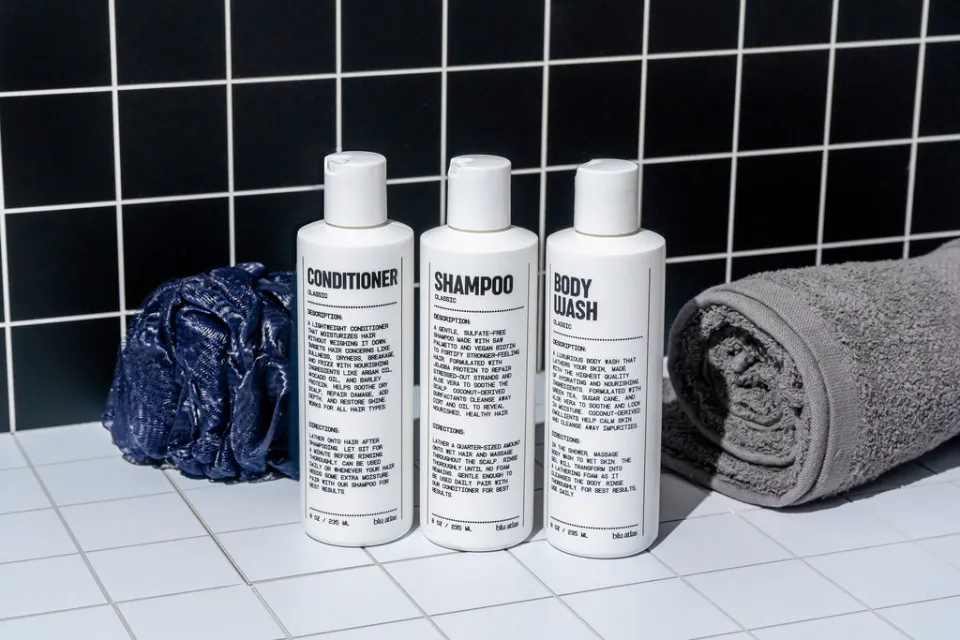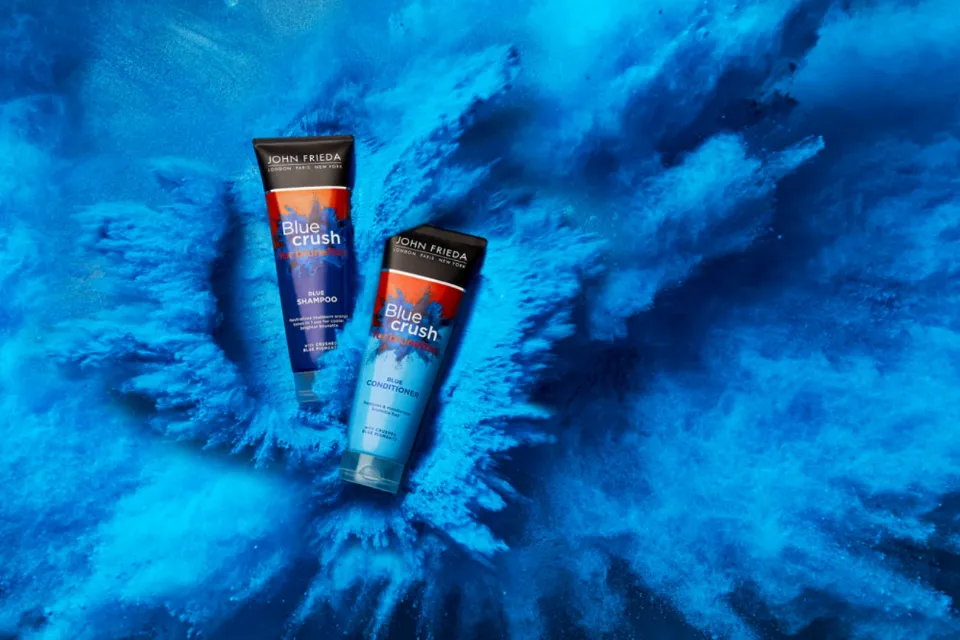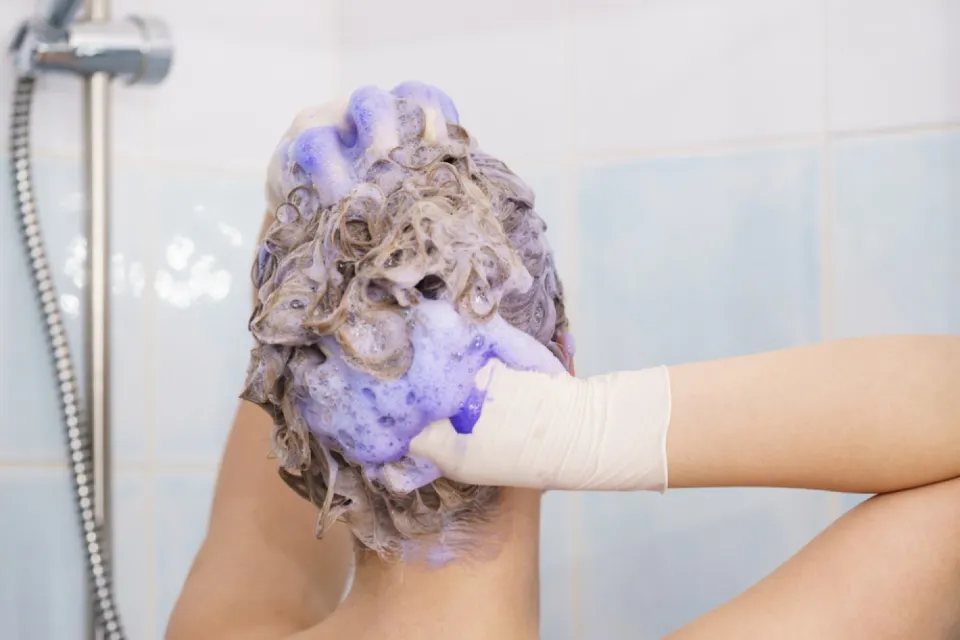From hot pink to pastels, vibrant hair colors are all the rage lately. But do you know can you dye your hair with food coloring? We will answer this question and also guide you on how to do it.
Dying your hair with food coloring is an easy and effective way to do so. The color may last longer in blonde hair, but you can give your dark haired tresses a hint of your desired color.
If you have a few persistent inquiries about hair dye, you are not alone. Continue reading to learn more about food coloring for hair.
Can You Dye Your Hair With Food Coloring?
You might be wondering if food coloring could be an alternative if you’ve been put off by the chemicals in conventional hair dyes. The short answer is “maybe.” There are both good news and bad news when it comes to using food dye on your hair.
The first is that, while food coloring does work as hair dye, it really only works well on light-colored hair. If your hair is naturally light, then you should have no problem using it to transform your shade.
On the other hand, unless you’re willing to bleach your hair first, food coloring might not be the best solution for you if your goal is to transform from jet black to bright pink over night. Of course, this presents a problem because the requirement for bleaching kind of defeats the purpose if you’re trying to reduce the use of chemicals. To that end, if your main objective is to discover a quick and inexpensive dye substitute, stick with me.
The other consideration you’ll want to keep in mind is that using food coloring to dye your hair is not for those going for the natural look. While food coloring comes in a variety of different colors, “ash blonde” and “subtle auburn” don’t tend to be among them. If you want a bolder hair color, this is the kind of thing you should try.
Read More: Can You Dye Wet Hair?
Pros & Cons of Food Coloring Dying
Pro: If you want to try out various colors before deciding on a three-month color commitment, the fact that it only lasts a few weeks is actually a huge advantage. The pastels, instead of aggressively punk color, are like magical unicorn hair. By gradually lifting some color from my hair, using the developer every two weeks has softened the transition of my ombre. And of course, it’s less toxic and less expensive. The food coloring cost even less—$0.40—than the 16-ounce developer.
Con: You won’t get extremely saturated colors unless you set aside two hours every few weeks to sit around with hair dye in it. For the color to be visible, you must have gray or blond hair.
How to Dye Your Hair With Food Coloring?
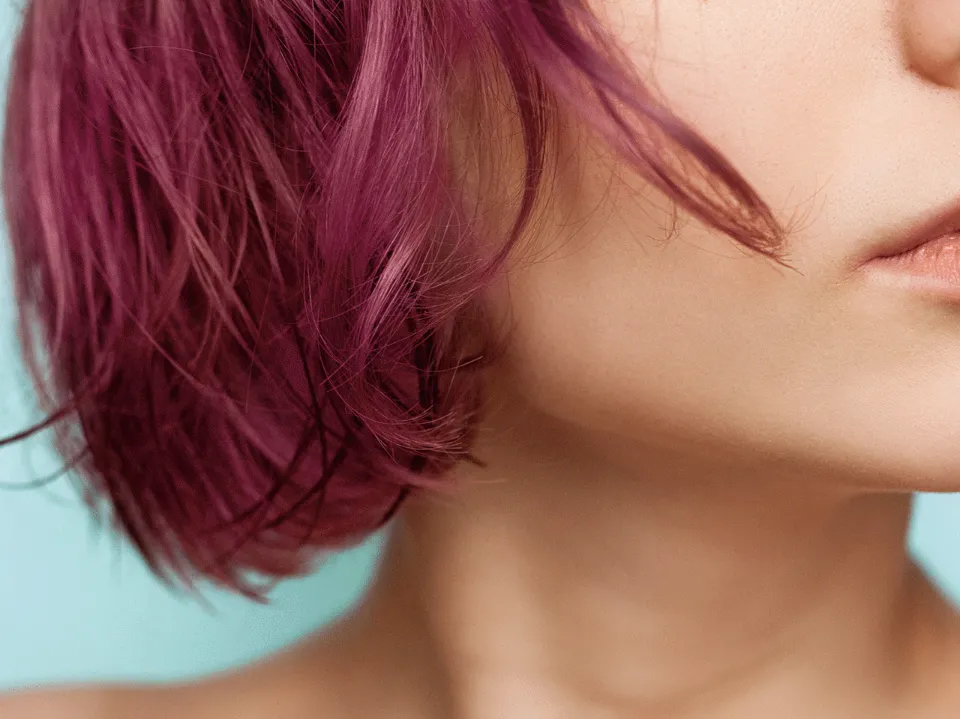
Alright, now that you’ve got the full rundown about the pros and cons of conventional hair dyes and food coloring, let’s talk about how to actually go about coloring your hair!
First things first. Before you begin, you’ll want to gather the following materials:
- A non-toxic petroleum jelly alternative
- Gloves
- The food coloring itself
- A brush, comb, and/or toothbrush
- An old towel and/or an old t-shirt
- Aluminum foil
- Shower cap
- A hairdryer (optional)
- Conditioner (optional)
As I previously stated, there isn’t a definitive guide to using food coloring to dye your hair. I discovered a few variations during my research, which I’ll mention as we go. Overall, however, this seems to be how it’s done:
1. Prepare to Make a Bit of a Mess
Keep in mind that food coloring is basically a stain and it takes its job pretty seriously. In order to avoid having your hair match your forehead, hands, and shoulders, you’ll want to take some precautions.
The t-shirt, towel, gloves, and petroleum jelly substitute are used in this situation. Put on some old clothes that you don’t mind getting stained with dye, then cover your shoulders with the towel. Apply kelly to your face, neck, forehead, and any other exposed skin to prevent the dye from adhering to it.
You might also want to spread some newspaper on any areas where the food coloring might inadvertently drip, depending on where you intend to do your dye job.
Last but not least, glove up.
2. Mix Your Color
Now it’s time to mix your food colors in a mixing bowl. While some people favor using a single color, others prefer to combine several colors to create a unique shade. In either case, the darker the color, the better, as food coloring tends to fade after it is actually used.
At this point, some people recommend mixing the food coloring with a hair conditioner. The idea is that it will nourish your hair and enable you to achieve a lighter tint if you’re going for a more pastel appearance. Some suggest utilizing nothing more than the food coloring. This is where it may be a good idea to experiment on “test strands” of hair if you’re not sure which way to go.
*Instead of the conditioner in this step, use a developer if you want a semi-permanent color.
3. Apply the Color
If you want to dye a single strand of hair, use a toothbrush or your gloved hands to apply the mixture you just created to the selected strand. After applying the mixture, cover the strand with aluminum foil.
If you want to go all-in, separate your hair into strands and apply the mixture evenly to each using a comb, brush, or your gloved hands. Put a shower cap over your head after piling all of your hair on top of it.
4. Wait for It
Another area where different articles differ is here. When they used a hairdryer, according to some women (especially blondes), the color started to stick in as little as 5 to 10 minutes. Others said they left the mixture in for up to two hours.
It is likely that the length of time you should leave the mixture in will vary depending on how dark your hair is and how intense you want the color to be. Be sure to periodically check what’s happening underneath the cap.
5. Wash and Enjoy
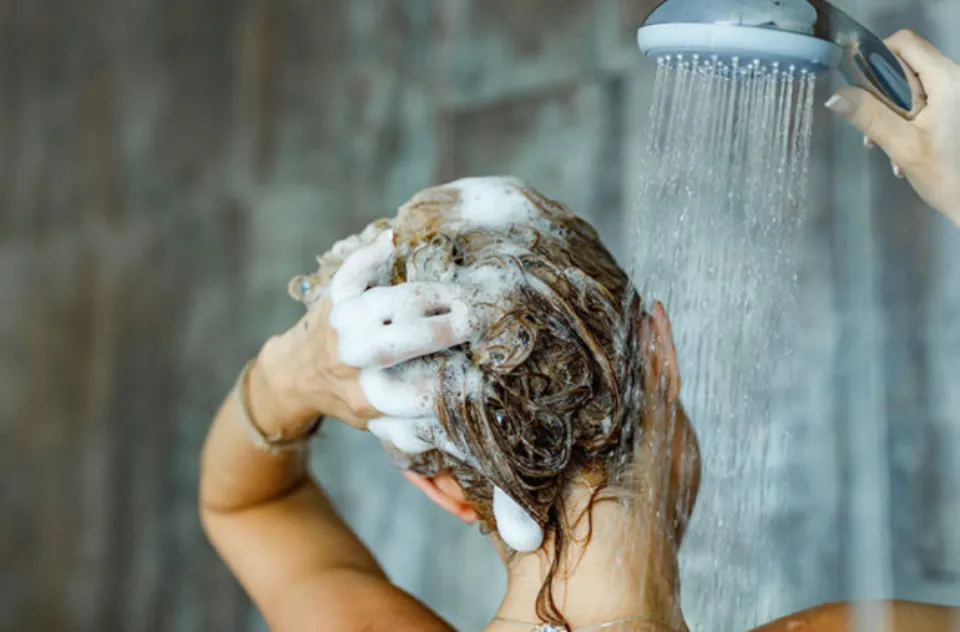
Once you’ve achieved the desired color, wash the rest of the mixture out of your hair thoroughly. Just be cautious if you want a brighter appearance because the coloring will deteriorate with each wash.
That’s all, I hope this was helpful in educating you on the new food coloring hair dye craze and wish you luck if you choose to give it a shot!
How Long Will Food Coloring Stay in Your Hair?
Depending on the application technique you use, food coloring hair dye can last anywhere from a few days to a few weeks. If you love trying out different hair colors, then using food coloring is a cheap and easy way to do it while avoiding traditional hair dye products altogether.
It’s important to note that using food coloring can also lead to a more semi-permanent solution, but only if you’re willing to accept the use of a developer. If you want to completely avoid chemical products, using a developer may not be the best option. However, it can extend your color for a few weeks.
Related Post: How Long Does Semi-permanent Hair Dye Last?
What Kind of Food Coloring is Best?
Not all food coloring is created equal, which is an important point to remember. According to reports, vegetable-based food coloring isn’t the best option for hair dye even though it may be great if you plan to eat it.
The majority of other regular or gel food colors should work. Before we get started on food coloring for hair, one more thing.
It might be worthwhile for you to perform a test run if you are trying this practical DIY hair dye trick for the first time. Got any split ends in need of a trim? Before applying anything to your head that will alter the color of your hair, it wouldn’t be a bad idea to test it on a stray lock or two of hair.
This will give you a good idea of the actual color your hair will be and allow you to make any necessary adjustments before committing. It can be a little trickier to predict the precise shade you’ll end up with when dying your hair with food coloring because, like many DIY solutions, it’s not an exact science.
Is Dyeing Hair With Food Coloring Safe for Children?
We discussed all of the potentially harmful ingredients in typical hair dyes, but we also need to briefly discuss food coloring.
Food coloring is definitely safer than conventional hair dyes. Typically, there are far fewer ingredients used (and thus, far fewer problematic ones!) and since it’s a food product, it’s more regulated by the FDA.
However, parents should be aware that food dyes are not without their own set of issues. Numerous of them have associations with genotoxicity, hypersensitivity, allergic reactions, and carcinogenic contamination.
Somewhat ironically, Red 3 specifically is recognized as a carcinogen by the FDA and banned in cosmetics, but is still allowed for use in foods!
Because there hasn’t been nearly enough research done on artificial dyes, this is one of the biggest issues. This really depends on the individual at this point.
Also Read: Can Albino People Dye Their Hair?
Conclusion: Can You Dye Your Hair With Food Coloring
Overall, I love dying my hair with food coloring! I absolutely recommend it if you want to have a quick and noncommittal hair pick-me-up.
We hope this article has given you some useful information to think about so you can make the best decision for you if you regularly dye your hair or have recently been debating whether you should do it.
FAQs
Can You Dye Your Hair With Food Coloring If It’s Brown?
Translucent food coloring. In other words, it only intensifies the existing color. Dark hair may prevent the dye from showing up at all. If you have light brown or brown hair, the dye will turn out darker.
Can I Dye My Hair Red Without Bleaching It?
Good news – most of the intense and dark red hair dyes don’t require bleaching your hair in advance.
What Skin Tones Look Good With Red Hair?
Neutral undertones are especially lucky in this scenario. Since neutral undertones typically combine warm and cool tones, they can practically match any red hair color.

